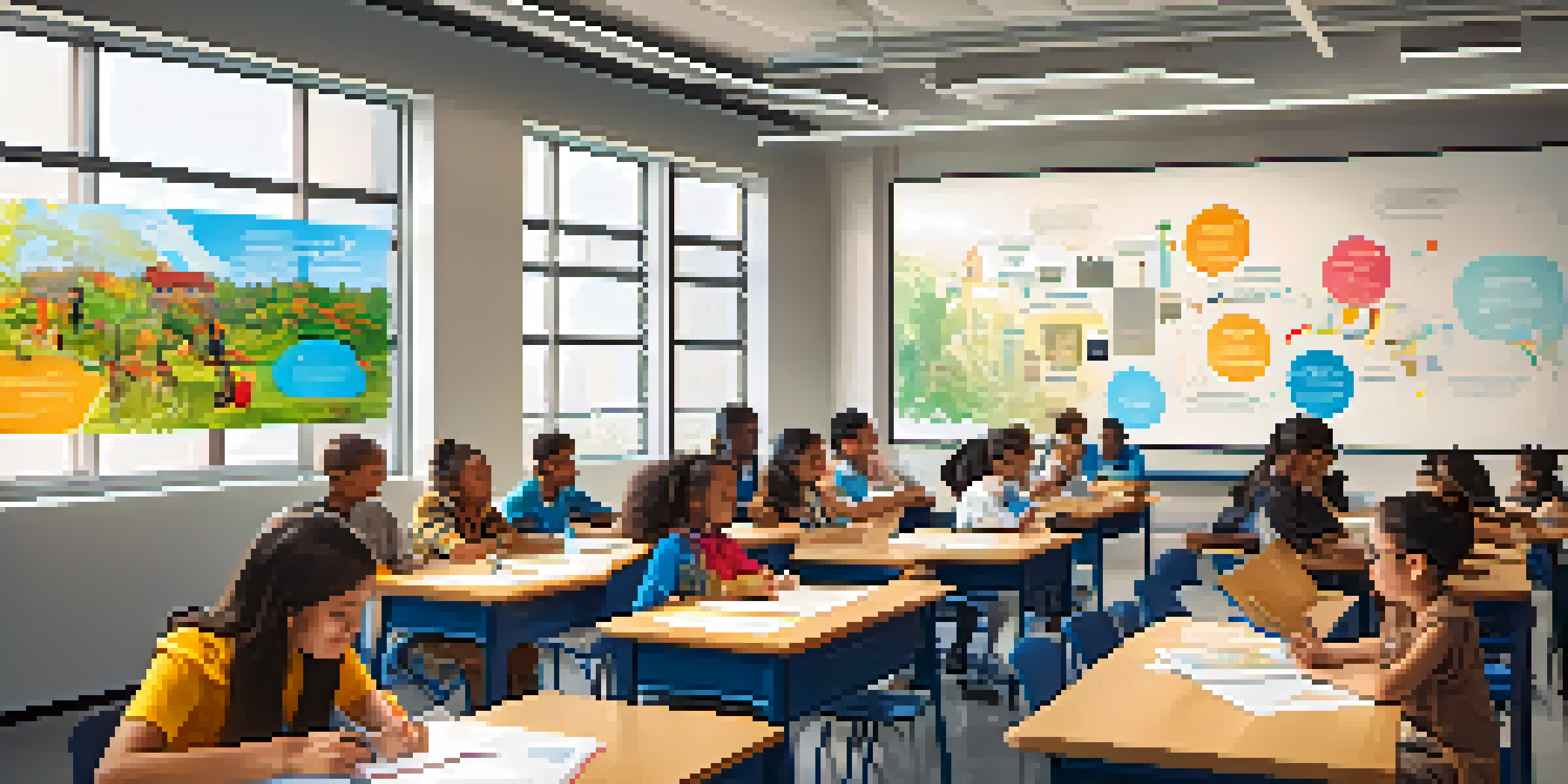Public-Private Partnerships: Enhancing Educational Opportunities

Understanding Public-Private Partnerships in Education
Public-private partnerships (PPPs) are collaborative agreements between government entities and private sector organizations. In education, these partnerships aim to improve the quality and accessibility of learning opportunities. By pooling resources and expertise, PPPs can bridge gaps in funding and innovation that often challenge public education systems.
The Role of Government in Educational PPPs
Governments play a crucial role in initiating and regulating PPPs in education. They provide the framework and guidelines to ensure that partnerships align with educational goals and standards. By fostering an environment of collaboration, governments can attract private sector investment while maintaining oversight to protect students' interests.
PPPs Enhance Education Quality
Public-private partnerships improve the quality and accessibility of learning by combining resources and expertise.
Benefits of Private Sector Involvement
The private sector brings a wealth of resources and expertise to educational partnerships. Companies can provide funding, technology, and innovative solutions that enhance teaching and learning. Moreover, their involvement can lead to better career readiness for students, as they align educational programs with real-world job market needs.
Successful Examples of Educational PPPs
There are numerous successful examples of PPPs in education that illustrate their potential. For instance, programs that involve tech companies partnering with schools to provide digital resources have transformed classrooms. These initiatives have not only increased access to technology but have also improved student engagement and learning outcomes.
Government's Key Role
Governments are essential in initiating and regulating educational PPPs to ensure alignment with academic goals.
Challenges Faced by Educational PPPs
Despite their advantages, PPPs in education face several challenges. Issues such as misalignment of goals, funding uncertainties, and accountability can hinder the effectiveness of these partnerships. It is essential for both public and private entities to communicate openly and establish clear expectations from the start.
The Impact of PPPs on Student Outcomes
Research shows that well-structured PPPs can significantly improve student outcomes. For example, students in schools with strong private partnerships often experience enhanced learning experiences and resources. This improved access can lead to higher graduation rates and better preparation for higher education or the workforce.
Challenges of Educational PPPs
Despite their benefits, PPPs face challenges like misaligned goals and accountability issues that must be addressed for success.
Future Trends in Educational PPPs
As we look to the future, the landscape of educational PPPs is evolving. With advancements in technology and changing workforce demands, partnerships are likely to focus more on personalized and flexible learning solutions. Embracing these trends can help ensure that education remains relevant and accessible to all students.
Conclusion: Embracing Collaborative Education Models
In conclusion, public-private partnerships hold great promise for enhancing educational opportunities. By leveraging the strengths of both sectors, we can create innovative solutions that benefit students and communities. Embracing these collaborative models is essential for addressing the challenges of modern education and preparing future generations for success.